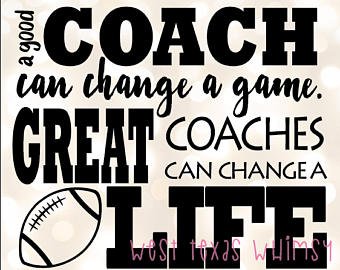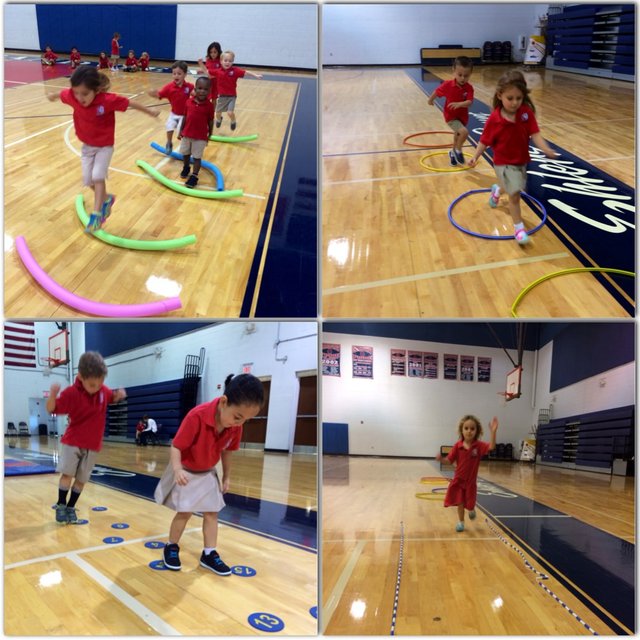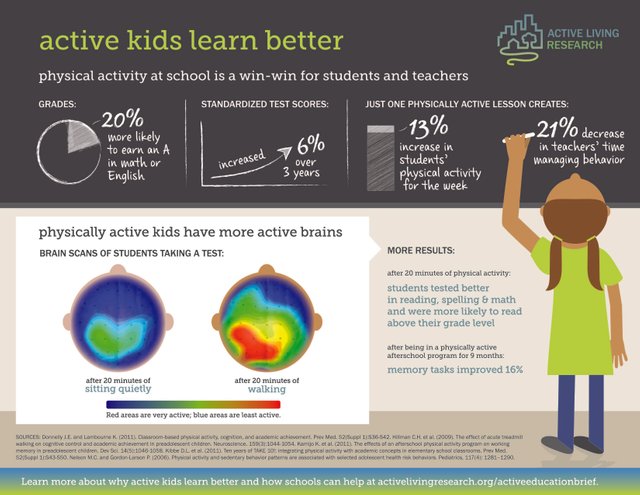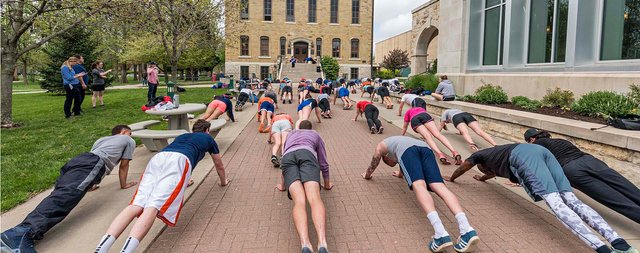Is teaching sports and physical education just as easy as 1 2 3? Can you just become a physical educator overnight and learn the ropes as the students get on with it, or is it, in fact, a little bit more complicated than that?
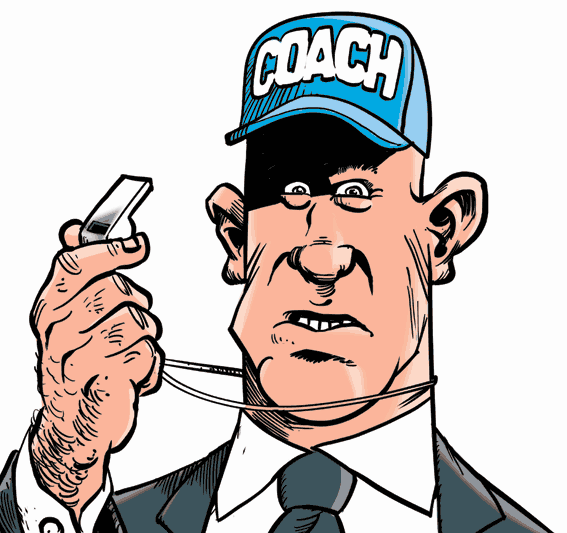
Image source
A physical educator must be well organised and disciplined. You have to decide about content (what to teach), how to organize learners, how to organize the content and how to give feedback.
The instructional program involves more than the physical activities taught. It is the total experience of activities, methods and teaching strategies. Through physical activities learners gain fundamental locomotor and non-locomotor skills, and grasp the basic skills and concepts involved in games and dance, for example. They are helped to maintain an optimum level of physical fitness, to move their bodies easily and efficiently, and to express themselves creatively. Moreover, the medium gives them access to other valuable lessons of life.
The most effective physical education program is one that meets learners' needs as they progress through the different levels of development. A stage of development does not refer to a rigid or fixed set of academic, motor and social skills that a learner must acquire before advancing to the next. Development stages are seen as approximate time periods
from early childhood in which learners assimilate psychomotor, cognitive and affective concepts, and gain certain skills and understandings.
1. Early childhood
One has to remember that children in this phase, have short attention spans and do not have a lot of experience, if any. Try to focus on concepts around movement first before trying to develop skill.
In Grades 1 and 2 educators must concentrate on creative and exploratory ways of learning the skills involved in game and gymnastic activities, and in locomotor and non-locomotor skills and movement patterns. Dance activities should involve creativity, developing rhythmic skills with singing games and imaginative movements. Each activity should allow time appropriate to learners' level of maturity and ability.
2. Middle childhood
The middle childhood period is a transitional period in a physical education program. Less time is devoted to movement concepts and skills and fundamental skills. Learners develop an understanding of how their bodies work, they learn complex skills and strategies, and now they are more group oriented.
Learners need more opportunities to develop their skill and understanding in a wide variety of physical activities. You need creative and exploratory teaching strategies to enhance their creative expression in games, gymnastics and dance.
3. Late childhood (pre-adolescence)
At this level learners start to refine many fundamental motor skills and develop a fairly proficient level of performance in the more complex skills of sports, dance and gymnastics.
This is why more time is allocated to instruction in sports skills. Slightly less time is spent on gymnastic activities. Skills specific to certain sport activities can be included in the curriculum, for example soccer, rugby, cricket, swimming, baseball, basketball and tennis.
Everything depends on availability of facilities and equipment at schools.
4. Adolescence
Adolescent learners are keen participants in physical education and sport. You should give more time to instruction in sports skills, not only to meet their immediate needs but also to equip them with the appropriate post-school (life) skills. The challenge is to promote "fitness for now'' and "fitness for life''. Secondary school learners need to develop their own health-related living patterns and learn how to plan their own exercise programmes. So they need
informed guidance on the principles of basic exercise physiology and sufficient knowledge of valid life skills.
At the end of the day all physical education teachers, whether skilled or not, should remember that all children are different and that there is a reason for age appropriate learning.
Resources and Extra reading:
5 approaches to PE | PE content knowledge | Children moving | PE gov PDF | Movement skills | Active learning | Developmental stages of learners | Locomotor & Non-locomotor movement | Motor development | PE challenges | Sporting start

